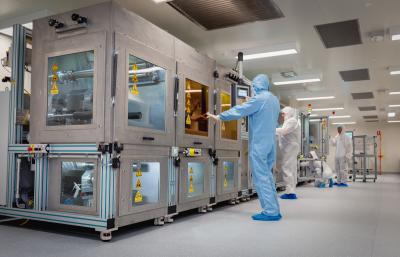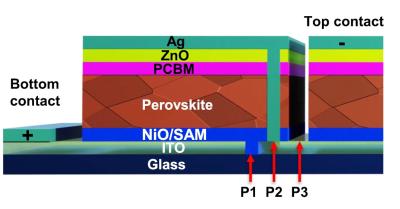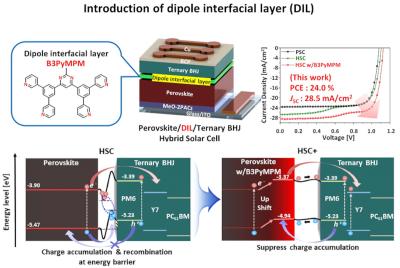Shanxi Datong cooperates with CATL and others to build the largest commercial perovskite ground photovoltaic project in China
According to reports, Datong City is currently cooperating with companies such as CATL to promote the implementation of a 1.52 MW perovskite demonstration zone. After completion, the project will become the country's largest commercial perovskite ground photovoltaic project.
It was said that the installed capacity of new energy and renewable energy in Datong City has reached 9.29 million kilowatts, accounting for 53.7% of the city's total installed power capacity. It has also focused on promoting the construction of a 6 million kilowatt new energy base project in the northern Shanxi coal mining subsidence area with a total investment of nearly 40 billion yuan. After it is put into operation, it will be able to supply 10 billion kilowatt-hours of clean electricity to the Beijing-Tianjin-Hebei region every year.








